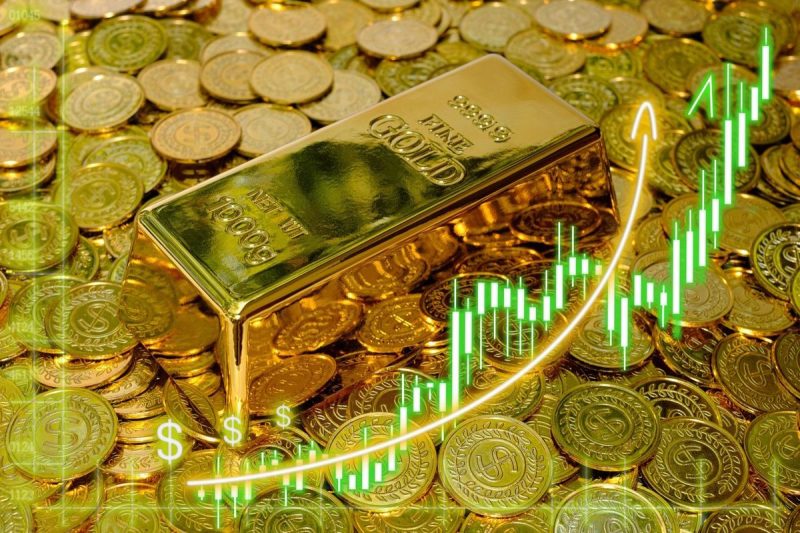Introduction
In the third quarter of 2024, the price of gold experienced significant fluctuations and movements in response to various global economic and geopolitical events. This article aims to delve into the key factors that influenced the price of gold during this period and provide insights into the likely trends in the near future.
Global Economic Uncertainties
One of the primary drivers of the gold price in Q3 2024 was the prevailing global economic uncertainties. The ongoing trade tensions between major economies, fluctuations in currency values, and the risk of a potential economic slowdown fueled investor demand for safe-haven assets like gold. As a result, the price of gold surged in response to market anxieties and uncertainties.
Geopolitical Events
Geopolitical events also played a significant role in shaping the movements of the gold price in the third quarter of 2024. Heightened geopolitical tensions in regions such as the Middle East, escalating trade disputes, and political instability in several countries increased the appeal of gold as a hedge against geopolitical risks. Investors turned to gold as a store of value in times of heightened uncertainty, driving up its price during the period under review.
Central Bank Policies
The monetary policies of central banks around the world had a notable impact on the price of gold in Q3 2024. Amid concerns about inflationary pressures and the sustainability of economic growth, several central banks adopted dovish stances and signaled potential interest rate cuts or accommodative monetary policies. These actions weakened fiat currencies and boosted the attractiveness of gold as a traditional store of value, leading to an upswing in its price.
Supply and Demand Dynamics
Supply and demand dynamics also played a crucial role in influencing the price of gold during the review period. While demand for gold as a safe-haven asset remained robust, supply constraints and challenges in mine production contributed to the upward pressure on prices. In addition, factors such as jewelry demand, central bank purchases, and investor sentiment further influenced the delicate balance between supply and demand in the gold market.
Outlook for the Future
Looking ahead, the price of gold is likely to continue to be influenced by a myriad of factors, including economic indicators, geopolitical developments, central bank policies, and market sentiment. The trajectory of the global economy, trade relations between major powers, and inflationary pressures will be critical determinants of gold’s price movements in the coming quarters. Investors are expected to closely monitor these factors and adjust their portfolios accordingly to navigate the evolving landscape of the gold market.
Conclusion
In conclusion, the third quarter of 2024 witnessed significant fluctuations in the price of gold, driven by global economic uncertainties, geopolitical events, central bank policies, and supply and demand dynamics. As investors seek safe-haven assets amid prevailing uncertainties, gold is expected to retain its appeal as a store of value and a hedge against risks in the foreseeable future. By closely monitoring key indicators and developments, stakeholders can make informed decisions to navigate the dynamic and ever-changing landscape of the gold market.



























